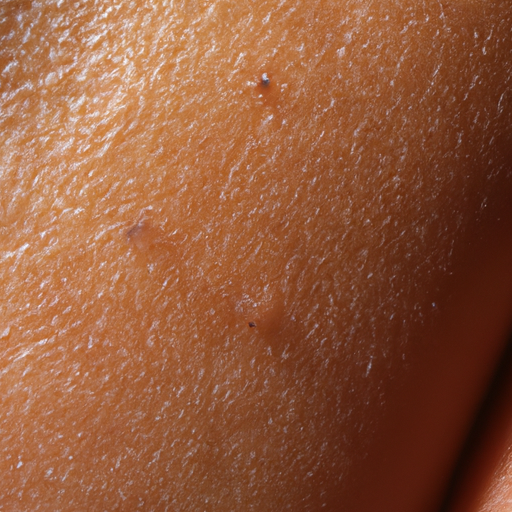As a medical professional, I often encounter patients who are grappling with skin issues. Two of the most common skin types that people struggle with are dry and oily skin. Both come with their unique challenges and require specific care and treatment. This article aims to unmask solutions to effectively tackle these issues and help you achieve healthier and more radiant skin.
Dry skin is characterized by a lack of moisture, leading to flaking, itching, and sometimes cracking. It can be caused by various factors such as weather changes, hot showers, harsh soaps, and certain medical conditions. On the other hand, oily skin is identified by an excess production of sebum, a natural skin oil, leading to a shiny appearance, enlarged pores, and acne. This can be due to genetics, hormonal changes, stress, and even humidity.
For dry skin sufferers, the key is to replenish and maintain the skin’s moisture levels. Start by avoiding long hot showers as they strip away your skin’s natural oils. Opt for lukewarm water instead. Use gentle, fragrance-free soaps and avoid products that contain alcohol, retinoids, or alpha-hydroxy acid (AHA) which can dry out your skin further.
After bathing, pat your skin dry instead of rubbing it and apply a good moisturizer immediately. Look for products containing hyaluronic acid, ceramides, or glycerin which are excellent at trapping moisture. Additionally, consider using a humidifier in your home to add moisture to the air and drink plenty of water to hydrate from within.
For those dealing with oily skin, it may seem counterintuitive but do not skip moisturizer. Depriving your skin of moisture will only cause it to produce more oil. Instead, opt for oil-free, non-comedogenic products that won’t clog your pores. Incorporate a gentle cleanser into your routine twice a day to remove excess oil and dirt.
Exfoliation is also crucial for oily skin as it helps remove dead skin cells that can clog pores and increase oil production. However, be careful not to overdo it as this can irritate your skin and trigger more oil production. Once or twice a week is enough.
A clay mask can be a great addition to your skincare routine. Clay absorbs excess oil and impurities, leaving your skin feeling clean and refreshed. Also, pay attention to your diet. Foods high in sugar and fats can increase sebum production. Opt for a balanced diet rich in fruits, vegetables, lean proteins, and whole grains.
In conclusion, understanding your skin type and its needs is the first step towards healthier skin. Whether you have dry or oily skin, the key is to maintain a consistent skincare routine tailored to your specific needs. However, if your skin problems persist or cause significant distress, it’s always best to consult a dermatologist. Remember, everyone’s skin is unique, and what works for one person may not work for another. Your journey to healthier skin is a personal one, so be patient with yourself and your skin.



